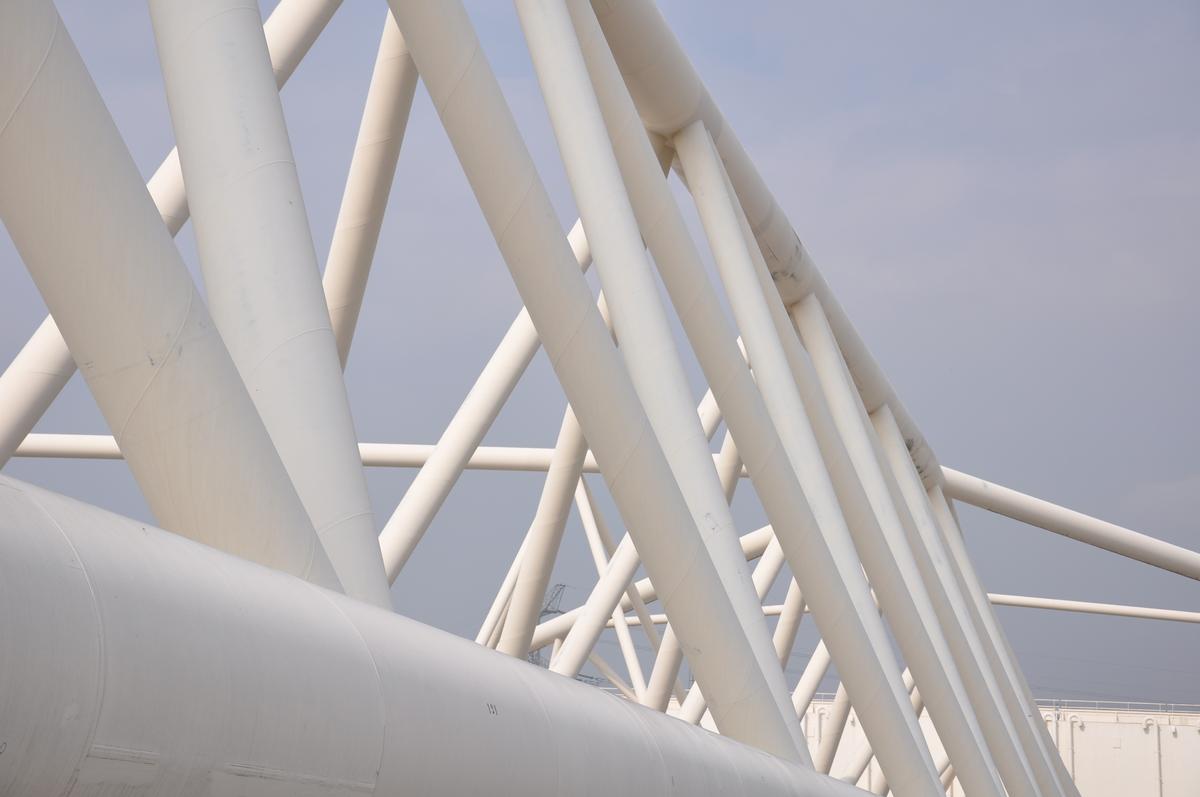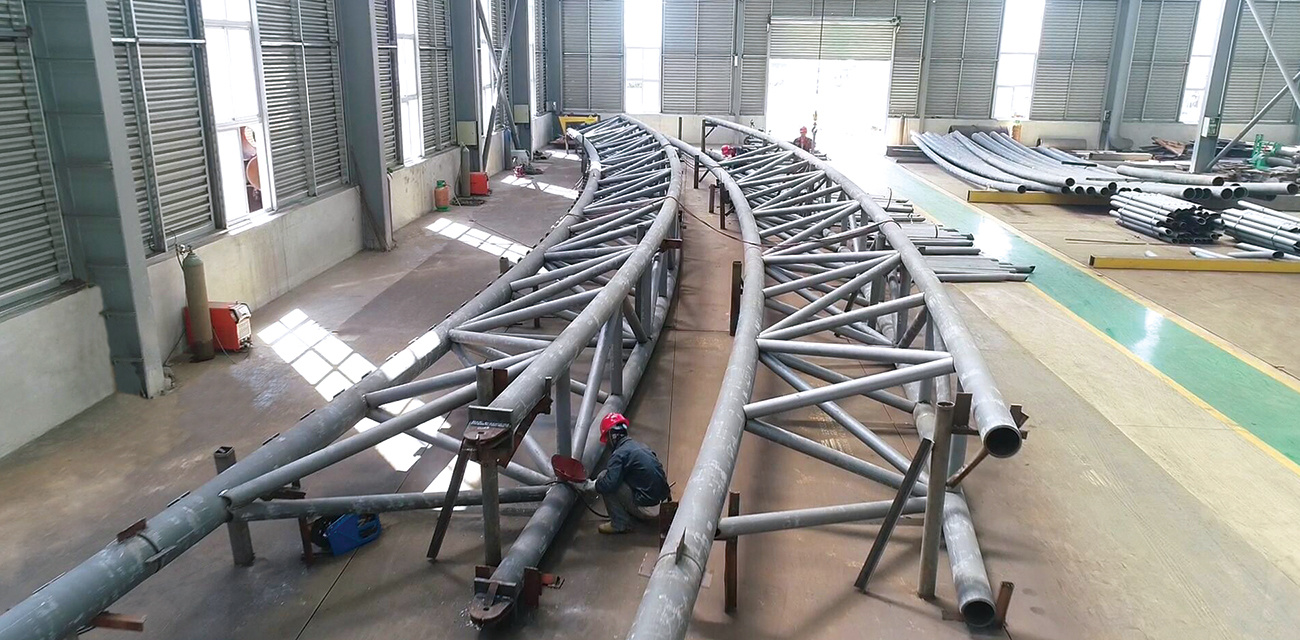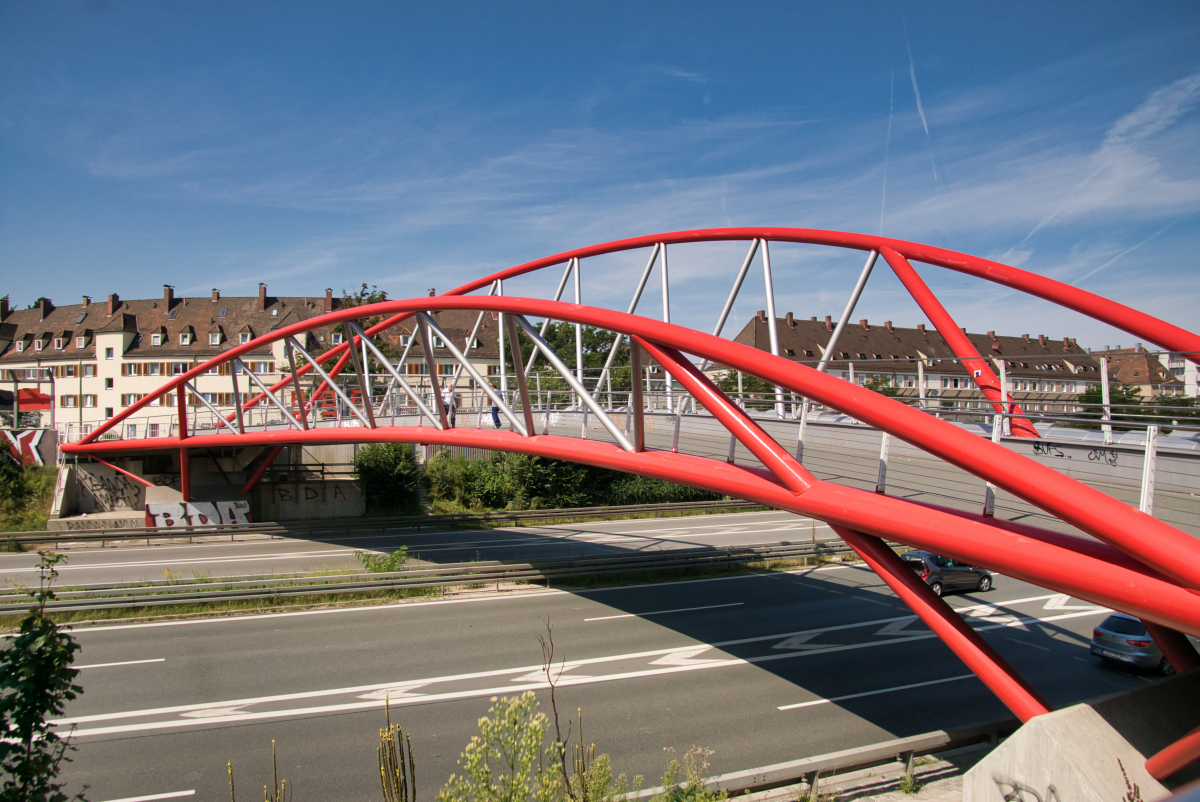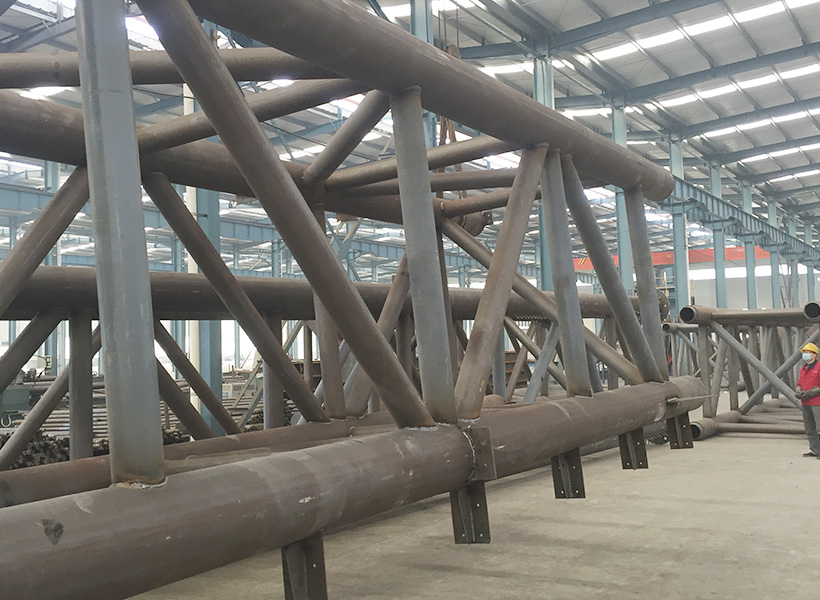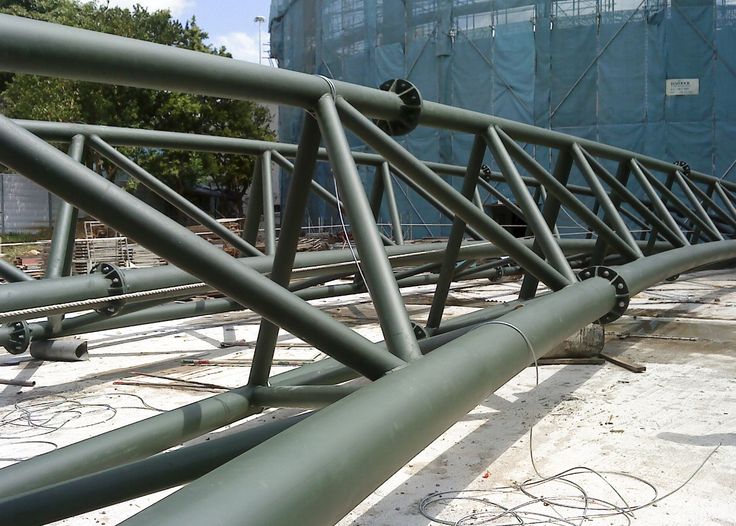Custom Metal Welding Fabrication of Pipe Truss Steel Structures
Introduction
Custom metal welding fabrication plays a pivotal role in the construction of pipe truss steel structures. These structures are integral to a variety of applications, from architectural marvels to industrial frameworks. The process of fabricating these structures involves precision, skill, and an understanding of both the materials and the techniques used in welding. In this exploration, we’ll delve into the intricacies of custom metal welding fabrication for pipe truss steel structures, highlighting the processes, techniques, and considerations involved.
1. Understanding Pipe Truss Steel Structures
1.1 Definition and Purpose
- Pipe Truss Structures: These are frameworks composed of interconnected steel pipes, forming a rigid and lightweight structure. They are used to support roofs, bridges, towers, and more, providing stability and strength while minimizing material usage.
- Purpose: The primary purpose of using pipe truss structures is to create a strong framework that can span large distances without the need for intermediate supports. This makes them ideal for applications where open space is a priority.
1.2 Material Selection
- Carbon Steel: Known for its strength and affordability, carbon steel is a popular choice for pipe trusses. It can be alloyed with other elements to enhance specific properties, such as corrosion resistance or strength.
- Stainless Steel: Offers excellent corrosion resistance and is used in environments where exposure to moisture or chemicals is a concern.
- Alloy Steel: Provides enhanced mechanical properties and is used in applications requiring high strength and durability.
2. Welding Techniques in Fabrication
2.1 Common Welding Methods
- Shielded Metal Arc Welding (SMAW): Also known as stick welding, SMAW is widely used for its versatility and simplicity. It is suitable for outdoor environments and can be used on a variety of materials.
- Gas Metal Arc Welding (GMAW): Commonly known as MIG welding, GMAW offers high deposition rates and is suitable for long, continuous welds. It requires a shielding gas to protect the weld pool from contamination.
- Gas Tungsten Arc Welding (GTAW): Also known as TIG welding, GTAW provides precise control over the welding process and is used for high-quality welds, especially on stainless steel and thin-walled pipes.
2.2 Advanced Welding Techniques
- Submerged Arc Welding (SAW): Utilized for large-diameter pipes, SAW offers high deposition rates and deep penetration. It is typically used in a workshop setting for welding long sections of pipe.
- Robotic Welding: Automation in welding can increase efficiency and consistency, particularly in large-scale projects where repetitive welds are required.
3. Fabrication Process
3.1 Design and Planning
- Blueprints and CAD Models: The fabrication process begins with detailed blueprints and computer-aided design (CAD) models. These plans outline the dimensions, materials, and welding specifications for the truss structure.
- Material Procurement: Based on the design, the appropriate materials are selected and procured. This includes choosing the right type and grade of steel pipes.
3.2 Cutting and Preparation
- Pipe Cutting: The steel pipes are cut to the required lengths and angles using precision cutting tools. Accurate cutting is crucial for ensuring proper fit and alignment during assembly.
- Surface Preparation: The surfaces to be welded are cleaned and prepared to remove any contaminants that could affect weld quality. This may involve grinding, sandblasting, or chemical cleaning.
3.3 Assembly and Welding
- Assembly: The pipes are assembled into the truss configuration according to the design specifications. Temporary fixtures or jigs may be used to hold the pipes in place during welding.
- Welding: Skilled welders perform the welding using the chosen techniques. The quality of the welds is critical to the structural integrity of the truss, requiring precision and attention to detail.
3.4 Quality Control and Inspection
- Visual Inspection: The first step in quality control involves visually inspecting the welds for defects such as cracks, porosity, or incomplete fusion.
- Non-Destructive Testing (NDT): Techniques such as radiographic testing (RT) or ultrasonic testing (UT) are used to detect internal defects without damaging the weld.
- Load Testing: In some cases, the completed truss structure may undergo load testing to ensure it meets the required strength and performance criteria.
4. Challenges and Considerations
4.1 Challenges in Fabrication
- Complex Designs: Custom truss designs can be complex, requiring precise fabrication and assembly techniques to ensure accuracy and performance.
- Material Handling: Large and heavy steel pipes require careful handling to prevent damage and ensure safety during fabrication.
- Welding Skill: High-quality welding requires skilled welders who can perform precise and consistent welds, particularly in complex or critical areas.
4.2 Considerations for Success
- Collaboration: Effective collaboration between designers, engineers, and fabricators is essential for successful project execution.
- Technology Integration: Utilizing advanced technologies such as CAD software and robotic welding can enhance precision and efficiency.
- Safety Protocols: Adhering to safety protocols is crucial to prevent accidents and ensure the well-being of workers during fabrication.
Conclusion
Custom metal welding fabrication of pipe truss steel structures is a complex process that requires expertise, precision, and careful planning. By understanding the materials, techniques, and challenges involved, fabricators can create strong, reliable structures that meet the demands of modern construction. As technology and materials continue to evolve, the capabilities and applications of these structures will expand, offering new possibilities in the field of engineering and architecture. If you have any more questions or need further details, feel free to ask!

